| Structure | Name/CAS No. | Articles |
|---|---|---|
 |
(+/-)-Sulfinpyrazone
CAS:57-96-5 |
|
 |
sodium chloride
CAS:7647-14-5 |
|
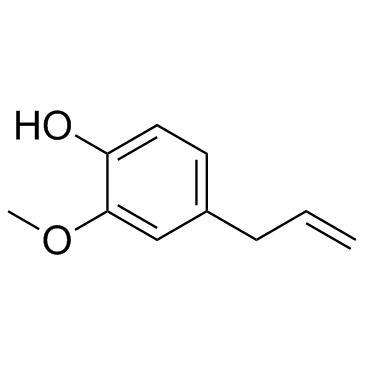 |
Eugenol
CAS:97-53-0 |
|
 |
L-Glutamine
CAS:56-85-9 |
|
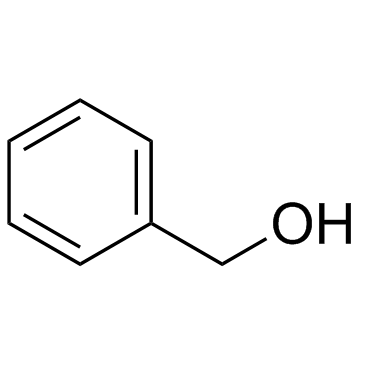 |
Benzyl alcohol
CAS:100-51-6 |
|
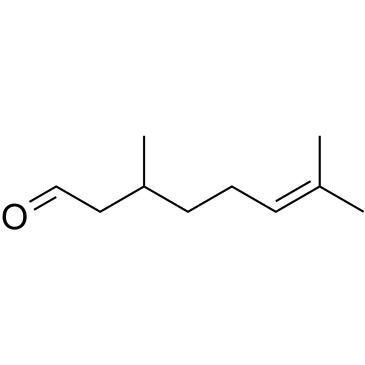 |
Citronellal
CAS:106-23-0 |
|
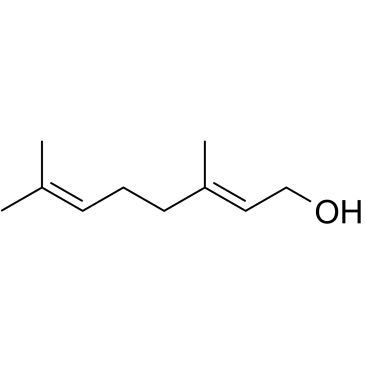 |
Geraniol
CAS:106-24-1 |
|
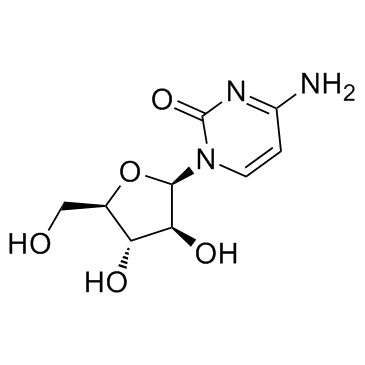 |
Cytarabine
CAS:147-94-4 |
|
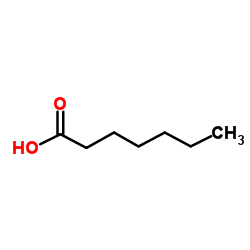 |
n-heptanoic acid
CAS:111-14-8 |
|
 |
SODIUM CHLORIDE-35 CL
CAS:20510-55-8 |